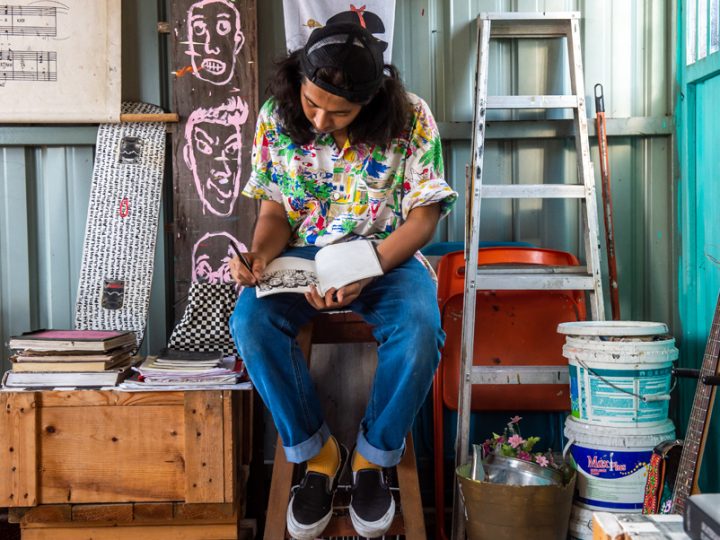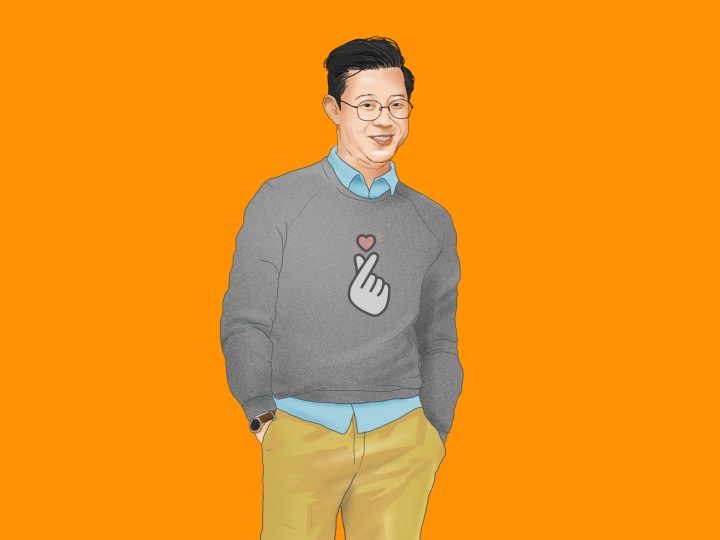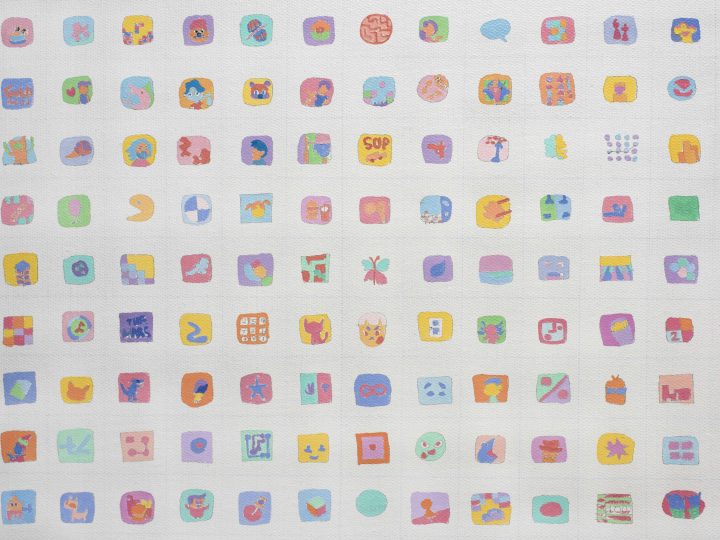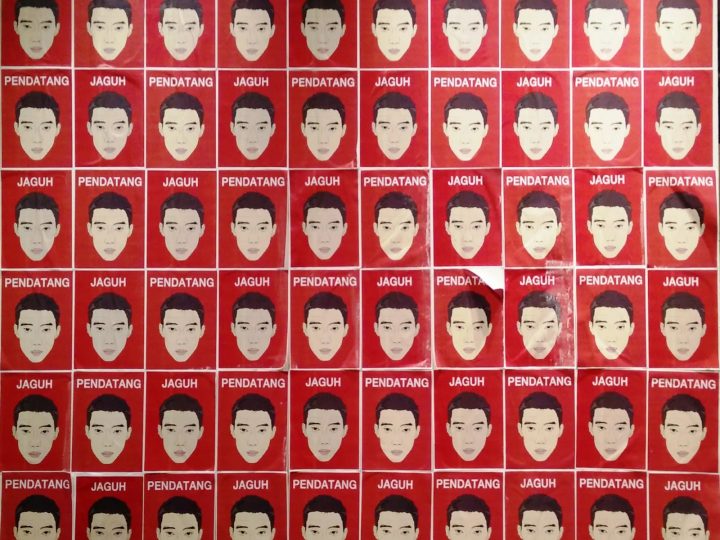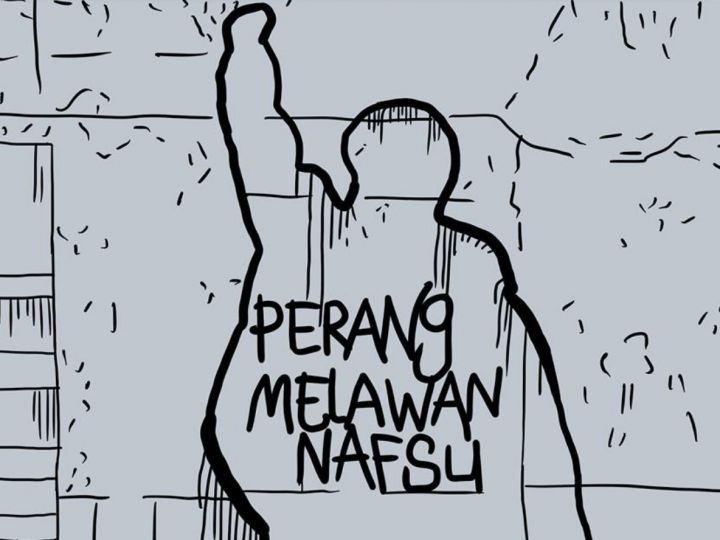Keeping Islamic Art Real: Artist Myra Myn Reconnects with Her Roots
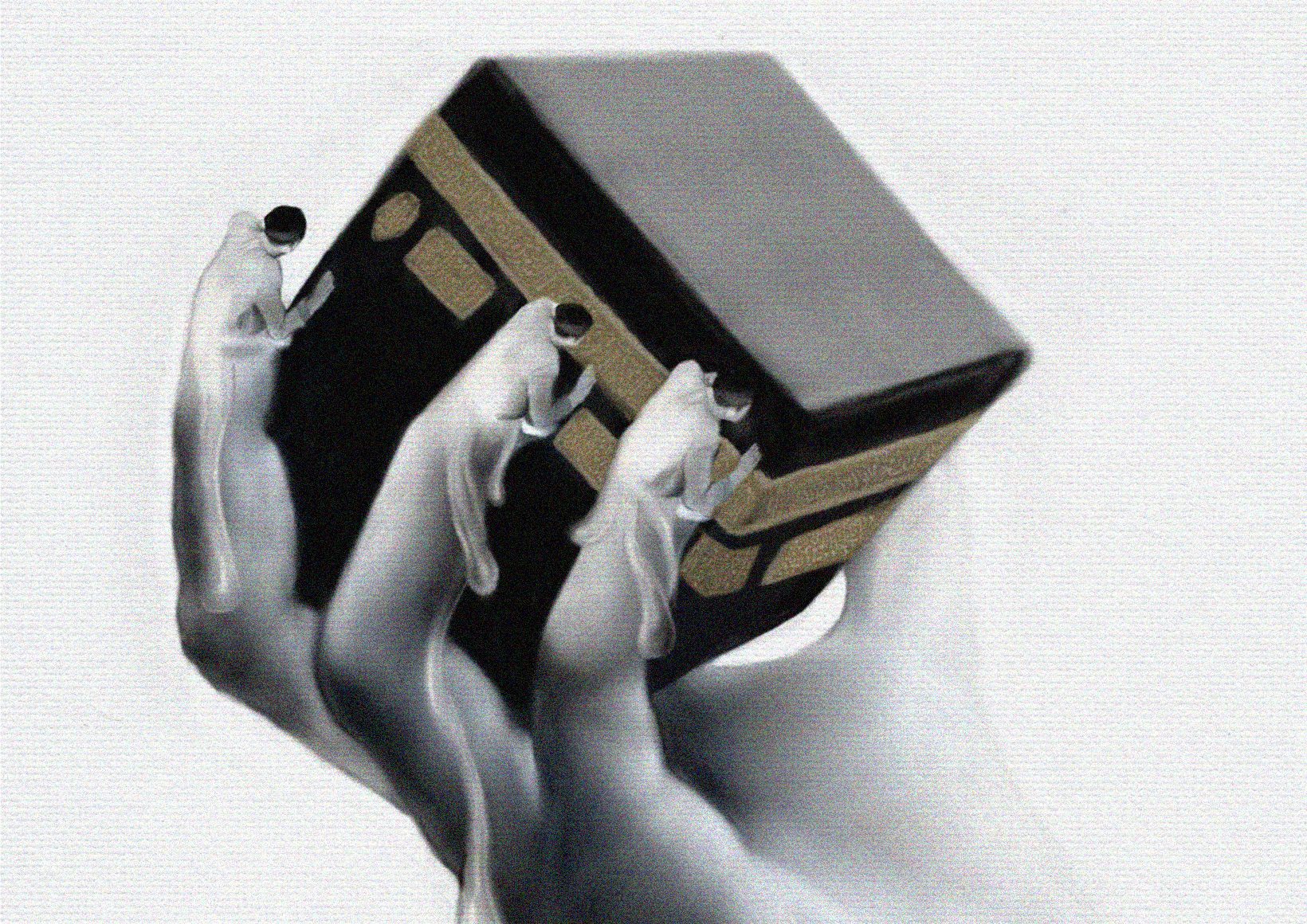 Thirsty for JUICE content? Quench your cravings on our Instagram, TikTok and WhatsApp
Thirsty for JUICE content? Quench your cravings on our Instagram, TikTok and WhatsApp
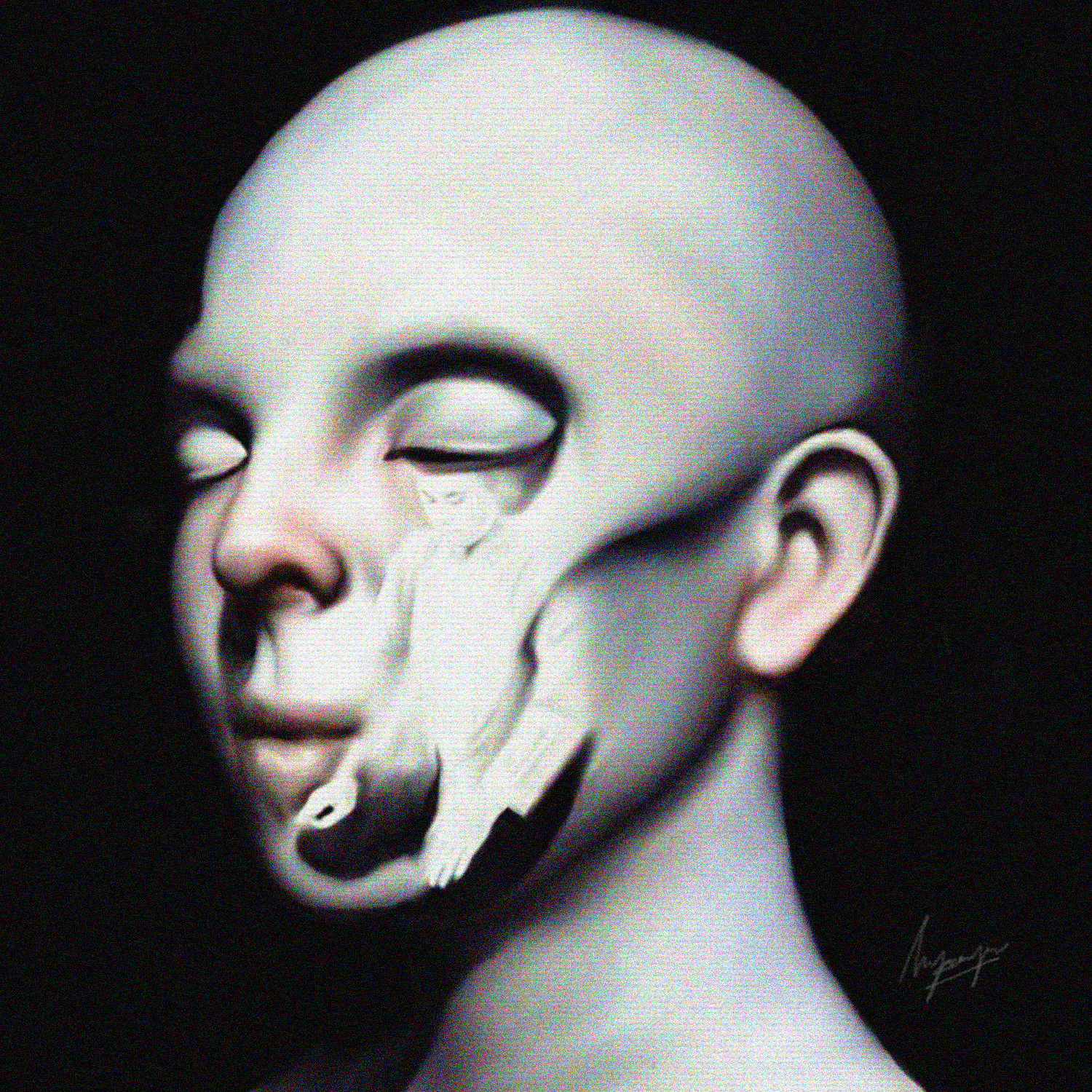
For most of the world’s population, religion is a part of their fibre, embedded in their being. Whether it’s through conditioning or learning, people struggle with and express spirituality in different ways. We see old Christian art in European galleries and on cathedral walls, ancient Hindu and Buddhist art in temples, and Islamic art in the architecture of mosques and in museums… but where can we see contemporary religious art, especially that which the youth can relate to?
While it’s not the easiest religion to express in art form, where displaying sculptures and statues can be misinterpreted as idol-worshipping, Islamic art should nevertheless be thought-provoking because that’s where dialogue begins–like in the case of up and coming visual artist Myra Myn who creates dark and surreal Islamic art that she claims helps her to rediscover and reconnect with her faith.
In her collection Intimacy, Myra explores the emotions and connection one feels when praying, and why controversial art is important in society. And since we’re all about walking on the edge, we gave her a call to find out more…
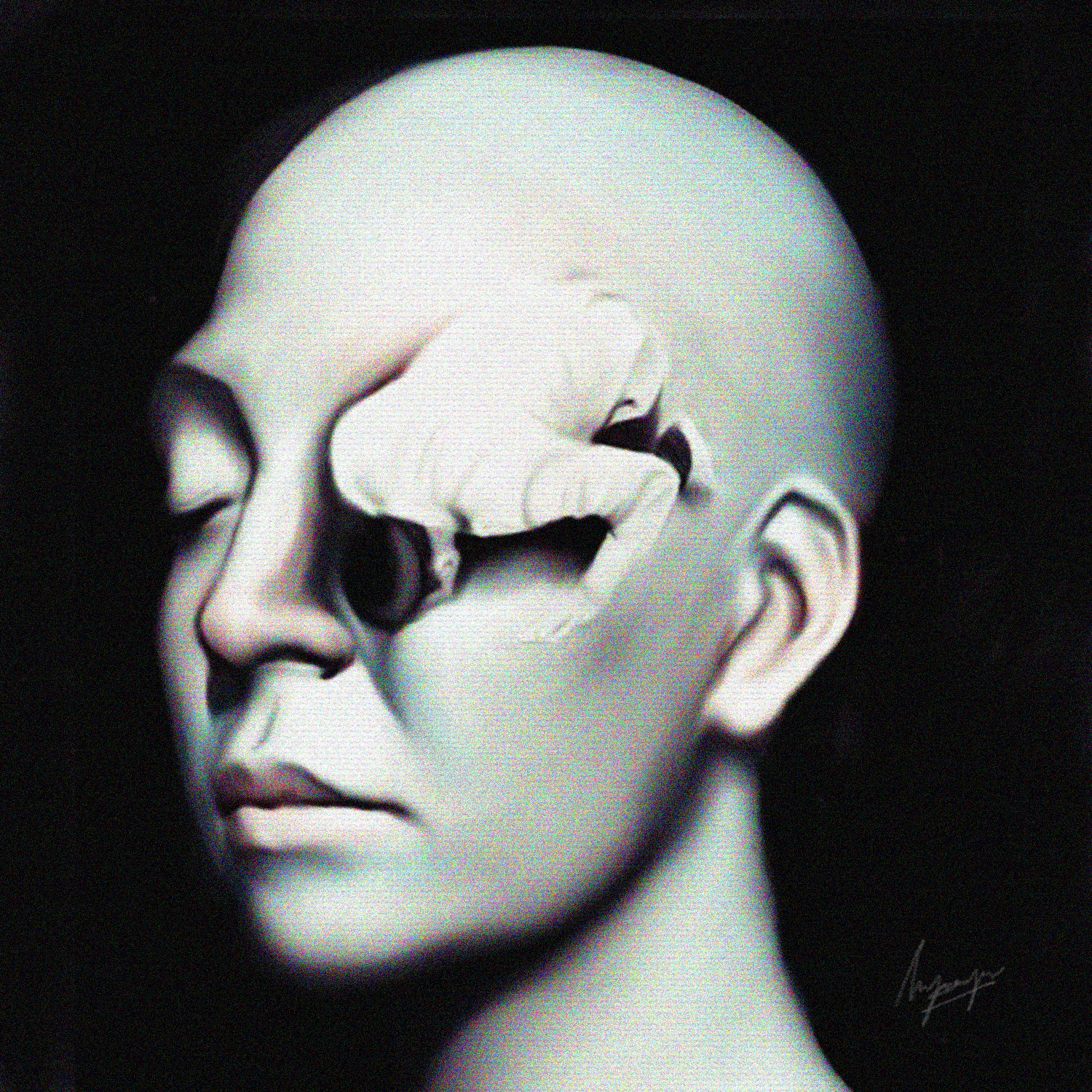
What comes into play when you’re creating art? Does the flow comes organically or does it take careful planning?
As a surrealist, inspiration definitely comes organically – often when I least expect it. The planning and hard work comes after, where I would explore different variations of the same idea. It is a necessary step for me. By using rubber as a medium, it can get messier and more complicated, in comparison to your typical usage of oil and acrylic. This means that all of my art pieces are generally made from local rubber and other mixed mediums, all made in Malaysia.
Why did you choose Islam as a subject matter, and how close are you to the religion?
I see myself as a spiritual being having a human experience. I don’t see myself as a human being having a spiritual experience. There is a big difference between them, and I’ve often wondered why I enjoyed painting. In search for the answer, I looked to the prophets in the Quran, and through that exploration I have decided to use my talent to understand my faith. I would say my art is a direct reflection of my religiousness. It’s not a direct reflection of Islam but rather, a reflection towards what Islam means to me.
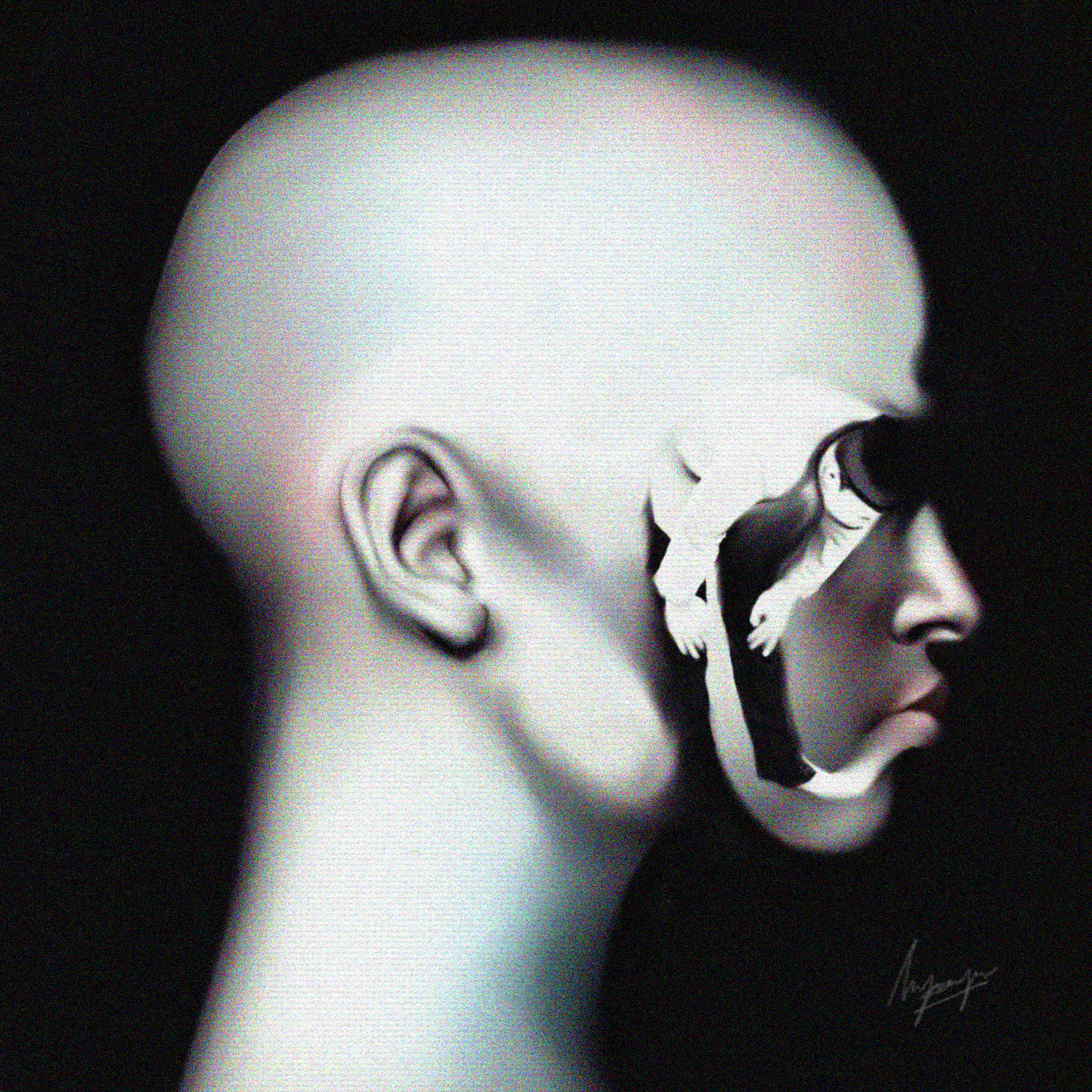
How do you think people will react to your art?
This collection is called Intimacy. It started when I asked people if they felt any form of connection during their prayers (Salat) with God, and I turned the most common answers into paintings. I wanted to incorporate their emotions with the motion of prayer, each piece representing 5 different Salat at various points of the day. I want my work to reflect the intricacies of curiosity and spirituality through this human experience.
Are there any particular influences that you incorporate in your style?
I admire many local talents like Ahmad Zaki Anwar, Mohd Azlan MAM, and Husni Hormain because of their desire to explore human spirituality and society that’s very evident in all of their works.

What do you think of the art scene in Malaysia? How can artists reach a wider audience?
In comparison to the past, being artistic or trendy pays off more today. Literally, by having visual appeal, people can gain followers and also make some income. The type of art we see now in Malaysia is either too traditional or too western. I think the more we stay true to what is real here in Malaysia, art will definitely resonate more with people. Real recognises real. Always will.
Do you think your art is controversial?
Yes, but I also think it needs to be. Gone are the days where people think a Quranic ayat stitched in a gold frame is appealing. Urbanites are often “over-inspired” with all of the things they are seeing on the internet and in general. I do think marrying Islam with dark surrealism is controversial, and controversy makes people think and influence discussions, and by getting them to do so, I feel is the only reason why artists do what they do.
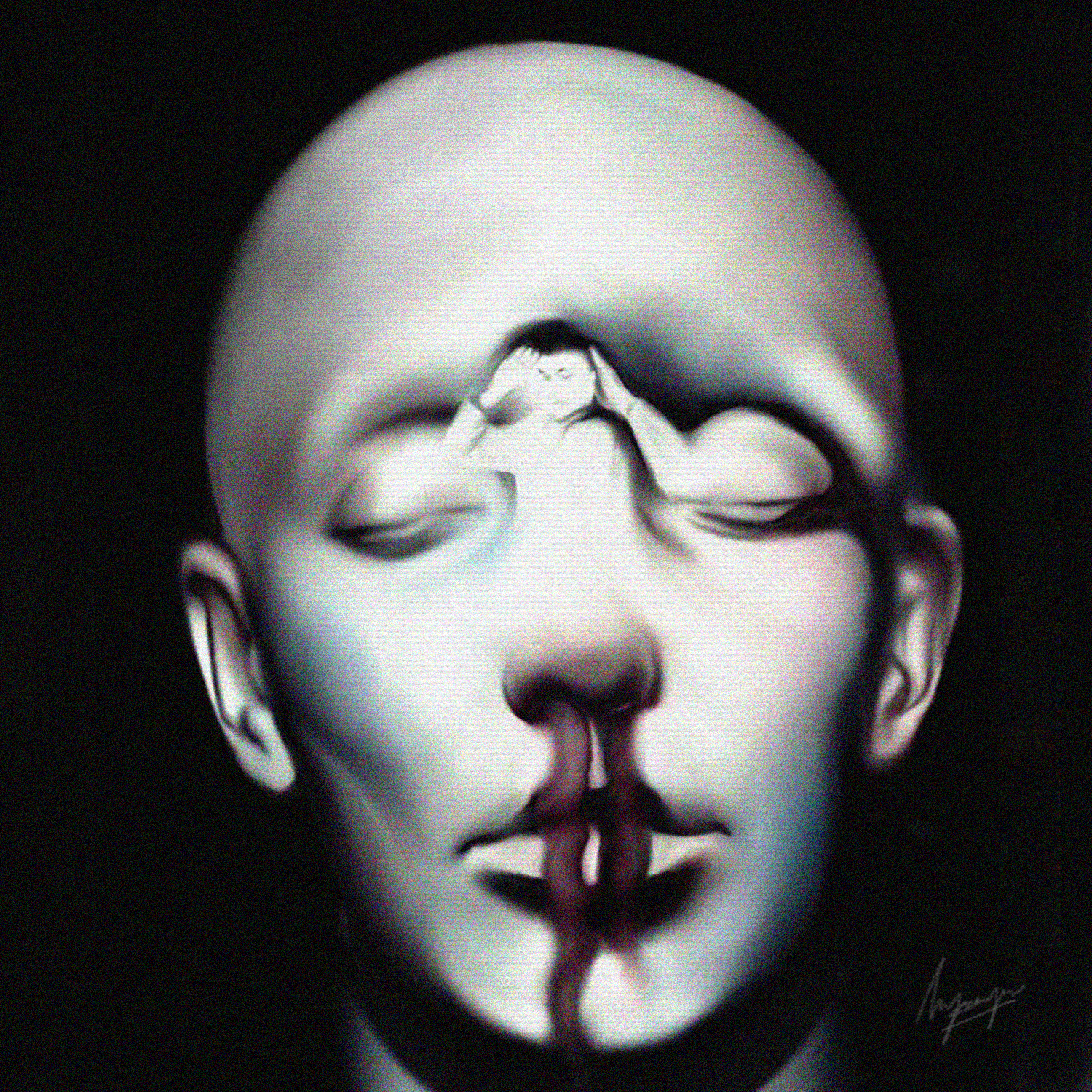
Follow Myra on Instagram to see more of her work.
Checkout this Malaysian punk graphic designer’s take on Ramadhan greetings ala iconic rock albums.
More controversial Malaysian artists, here.

 Get Audio+
Get Audio+ Hot FM
Hot FM Kool 101
Kool 101 Eight FM
Eight FM Fly FM
Fly FM Molek FM
Molek FM